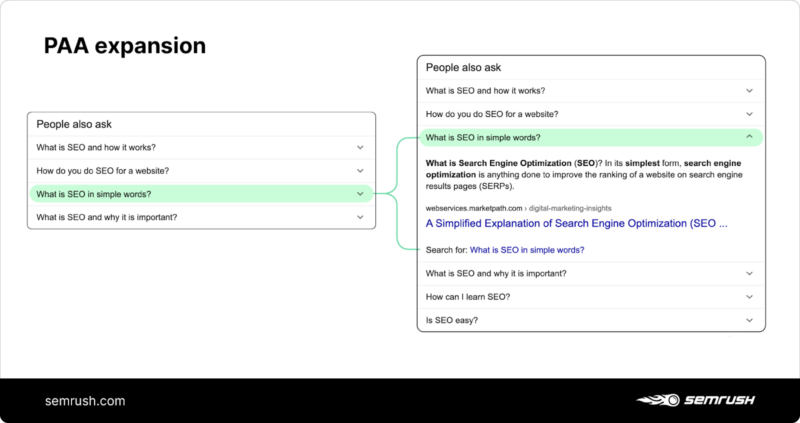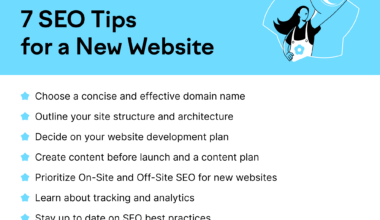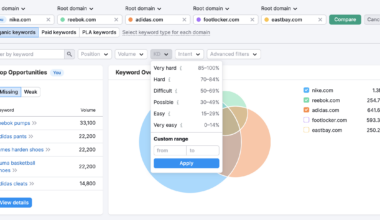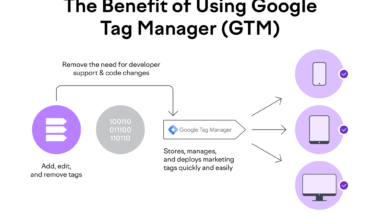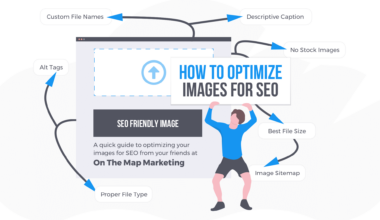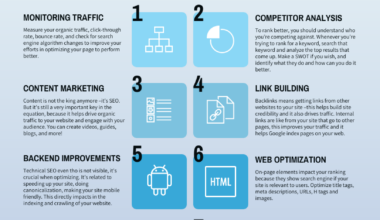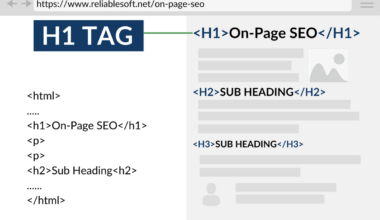Introduction: Understanding Google’s People Also Search For Box
Google’s People Also Search For (PASF) box is a feature that appears at the bottom of a search results page. It provides users with a list of related search queries that they may find helpful. This feature can be useful for SEO professionals as it can help drive traffic to their website by appearing in the PASF box.
Understanding how the PASF box works can be helpful for SEO professionals. The PASF box is based on the search intent of the user. Google’s algorithm takes into account the user’s search history, location, and other factors to determine what related searches to show in the PASF box.
Appearing in the PASF box can also help establish your website as a credible source of information. When users see your website listed in the PASF box, they are more likely to trust your content and visit your website.
In this article, we will discuss how you can optimize your website to appear in the PASF box. We will cover topics like analyzing search intent, conducting keyword research, crafting high-quality content, leveraging internal linking, and incorporating PASF optimization into your SEO strategy.
By following the tips and techniques mentioned in this article, you can increase your chances of appearing in the PASF box and drive more traffic to your website.
Analyzing Search Intent for Effective Optimization
Analyzing search intent is crucial for effective optimization of your website for the PASF box. Search intent refers to the reason why a user is searching for a particular query. Understanding the search intent of users can help you create content that satisfies their needs and ranks higher in the search engine results page (SERP). Here are some steps to analyze search intent:
1. Identify the type of search intent: There are four types of search intent – informational, navigational, commercial, and transactional. Informational intent is when the user is looking for information, navigational intent is when the user is looking for a particular website, commercial intent is when the user is looking for a product or service, and transactional intent is when the user is ready to make a purchase. Analyzing the type of search intent will help you create content that meets the user’s needs.
2. Analyze the search engine results page (SERP): Analyzing the SERP for your target keyword can give you insights into the type of content that ranks higher. Look for the type of content that appears in the top results, the length of the content, the use of images and videos, and the type of keywords used.
3. Understand the user’s search journey: Understanding the user’s search journey can help you create content that satisfies their needs at each stage of their journey. For example, if the user is in the awareness stage, they may be looking for general information about a topic. If the user is in the consideration stage, they may be looking for reviews and comparisons of products.
By analyzing search intent, you can create content that satisfies the user’s needs and ranks higher in the SERP. This can increase the chances of your website appearing in the PASF box and driving more traffic to your website.
Conducting Keyword Research for PASF Optimization
Conducting keyword research is a critical step in optimizing your website for the PASF box. Keyword research involves finding the right keywords that users are searching for and creating content around those keywords. Here are some steps to conduct keyword research for PASF optimization:
1. Use keyword research tools: There are many keyword research tools available that can help you find the right keywords. Some of the popular keyword research tools include Google Keyword Planner, Ahrefs, SEMrush, and Moz. These tools provide insights into the search volume, competition, and related keywords.
2. Analyze the PASF box: Analyzing the PASF box for your target keyword can give you insights into the related searches that users are looking for. Use these related searches as keywords to optimize your content for the PASF box.
3. Analyze the competition: Analyzing the competition for your target keyword can give you insights into the type of content that is ranking higher. Look for the keywords that your competition is targeting and create content around those keywords.
4. Focus on long-tail keywords: Long-tail keywords are more specific and have less competition. Focusing on long-tail keywords can help you rank higher in the SERP and increase your chances of appearing in the PASF box.
5. Use keyword variations: Using keyword variations can help you rank for multiple keywords and increase your chances of appearing in the PASF box. For example, if your target keyword is “best headphones,” use variations like “top-rated headphones,” “best wireless headphones,” and “best noise-canceling headphones.”
By conducting keyword research, you can find the right keywords to optimize your content for the PASF box. This can increase the chances of your website appearing in the PASF box and driving more traffic to your website.
Crafting High-Quality Content for PASF Visibility
Crafting high-quality content is crucial for optimizing your website for the PASF box. High-quality content satisfies the user’s search intent, provides value, and is engaging. Here are some tips for crafting high-quality content for PASF visibility:
1. Create comprehensive content: Creating comprehensive content that covers all aspects of the topic can increase your chances of appearing in the PASF box. Use subheadings and bullet points to make your content easy to read and understand.
2. Use multimedia: Using multimedia like images, videos, and infographics can make your content more engaging and increase the user’s time on page. This can help you rank higher in the SERP and increase your chances of appearing in the PASF box.
3. Optimize for readability: Optimizing your content for readability can make it easier for users to read and understand. Use short paragraphs, simple language, and avoid jargon.
4. Provide value: Providing value to the user can increase the chances of your website appearing in the PASF box. Use examples, statistics, and case studies to provide value to the user.
5. Use schema markup: Using schema markup can help Google understand the content on your website and increase the chances of your website appearing in the PASF box. Use schema markup for headings, images, and other content.
6. Use user-generated content: Using user-generated content like reviews and testimonials can increase the user’s trust in your website and increase your chances of appearing in the PASF box.
By crafting high-quality content, you can increase your chances of appearing in the PASF box and drive more traffic to your website. Remember to focus on providing value, optimizing for readability, and using multimedia to make your content engaging.
Leveraging Internal Linking for PASF Optimization
Internal linking is an essential aspect of PASF optimization. Internal links are links that point to other pages on your website. Leveraging internal linking can help Google understand the structure of your website and the relationship between different pages. This can increase the chances of your website appearing in the PASF box. Here are some tips for leveraging internal linking for PASF optimization:
1. Use descriptive anchor text: Anchor text is the text that is used to create a hyperlink. Using descriptive anchor text can help Google understand the content of the linked page. For example, instead of using “click here,” use anchor text like “learn more about our products” or “read our latest blog post.”
2. Link to relevant pages: Linking to relevant pages on your website can help Google understand the relationship between different pages. For example, if you have a blog post about “best headphones,” you can link to a product page that sells headphones.
3. Use hierarchical linking: Hierarchical linking is a linking strategy that involves linking to pages in a hierarchical structure. For example, you can link to a category page that lists all the products in that category, and then link to individual product pages from that category page.
4. Use breadcrumb navigation: Breadcrumb navigation is a type of navigation that shows the user’s location on your website. Using breadcrumb navigation can help Google understand the structure of your website and increase the chances of your website appearing in the PASF box.
5. Use internal links in your content: Using internal links in your content can help Google understand the relationship between different pages. For example, if you mention a product in your blog post, you can link to the product page.
By leveraging internal linking, you can increase the chances of your website appearing in the PASF box. Remember to use descriptive anchor text, link to relevant pages, use hierarchical linking, use breadcrumb navigation, and use internal links in your content.
In conclusion, optimizing your website for the PASF box can help drive more traffic to your website and establish your website as a credible source of information. By analyzing search intent, conducting keyword research, crafting high-quality content, and leveraging internal linking, you can increase your chances of appearing in the PASF box and drive more traffic to your website.
Final Thought: Incorporating PASF Optimization in SEO Strategy
Incorporating PASF optimization in your SEO strategy can be a game-changer for your website. By appearing in the PASF box, you can increase your website’s visibility and drive more traffic to your website. Here are some final tips for incorporating PASF optimization in your SEO strategy:
1. Focus on user intent: Understanding user intent is critical for PASF optimization. By creating content that satisfies the user’s search intent, you can increase the chances of your website appearing in the PASF box.
2. Keep your content up-to-date: Keeping your content up-to-date can increase the chances of your website appearing in the PASF box. Google prefers fresh and relevant content, so updating your content regularly can help you rank higher in the SERP and increase your chances of appearing in the PASF box.
3. Monitor your analytics: Monitoring your analytics can help you understand how your website is performing in the SERP. Keep an eye on your website’s click-through rate (CTR), bounce rate, and time on page. By analyzing your analytics, you can make data-driven decisions and optimize your website for the PASF box.
4. Use structured data: Using structured data can help Google understand the content on your website and increase the chances of your website appearing in the PASF box. Use structured data for headings, images, and other content.
5. Be patient: Optimizing your website for the PASF box takes time and patience. It may take some time before you see results, so be patient and keep optimizing your website.
Incorporating PASF optimization in your SEO strategy can increase your website’s visibility and drive more traffic to your website. By focusing on user intent, keeping your content up-to-date, monitoring your analytics, using structured data, and being patient, you can increase your chances of appearing in the PASF box.
Remember to keep optimizing your website and creating high-quality content that satisfies the user’s search intent. By following the tips and techniques mentioned in this article, you can optimize your website for the PASF box and drive more traffic to your website.
